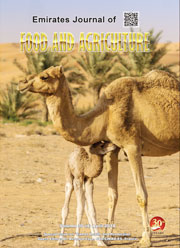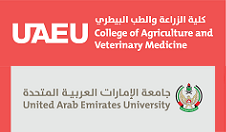EVALUATION OF TRITICALE GENOTYPES FOR SALT TOLERANCE USING PHYSIOLOGICAL TRAITS
DOI:
https://doi.org/10.9755/ejfa.v26i3.17559Keywords:
Physiological traits, Salt tolerance, X. triticosecaleAbstract
Salinity is one of the major constraints to plant production worldwide. The effect of terminal salinity on the physiological traits of 18 triticale (X. triticosecale) lines comprising nine doubled haploid (DH) and nine corresponding advanced lines (F8) and two bread wheat cultivars (control) was investigated under field conditions. Salt-stressed experiment was irrigated using saline water with EC = 16 ds m-1 from mid-jointing growth stage (Zadoks 43) onward. Na+ concentration, K+/Na+ ratio, Ca2+ /Na+ ratio, chlorophyll content, carotenoids content, proline content and grain yield were assessed. A high correlation coefficient (r=0.84**) was obtained between K+/Na+ ratio and grain yield under saline field conditions. The results also revealed an inverse and significant relationship between grain yield loss due to salinity with K+/Na+ ratio, proline and carotenoids content under saline stress provided evidence supporting the role of K+/Na+ ratio in salinity tolerance. F8 line number 6 possessed the highest values for carotenoids content, Ca2+/Na+ ratio and proline content as well as the least Na+ concentration under salt-stressed conditions, accompanied by having the least grain yield loss due to salinity, was ranked this line as superior salt-tolerant genotype.










 .
. 